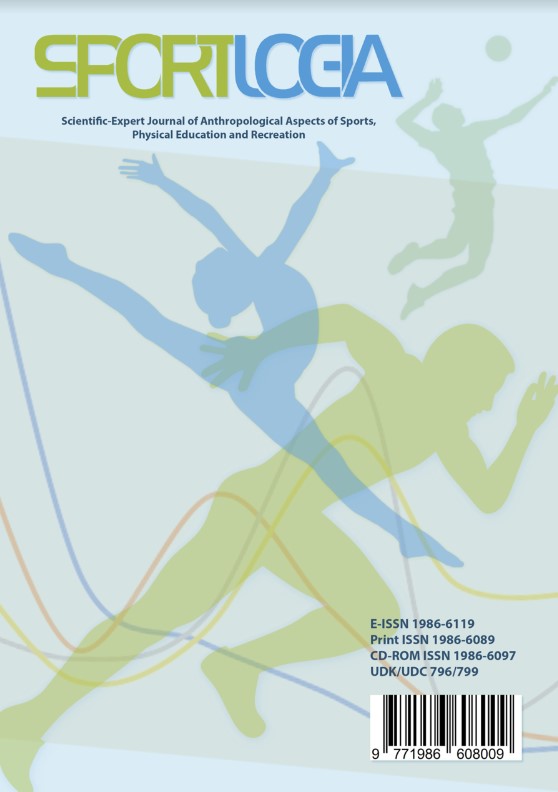MODEL OF ORGANIZATION AND MANAGEMENT IN SKI SCHOOLS
DOI:
https://doi.org/10.7251/SGIA2319045SAbstract
Alpine skiing is classified as a poly-structured sport on snowy and icy terrains yearly. It mainly atracts skiers during winter, including beginners of various ages and genders. This paper addresses Ski Schools' organization and management model, aiming to guide instructing beginners in skiing considering their gender, age, needs, and interests. Ski schools are envisioned as open and innovative organizations with well-defined goals, tasks, and work programs. The primary objective of ski schools is to impart rational skiing techniques (descent down slopes) while considering the quality of equipment, slope conditions, and the competence of sports instructors and teachers working within ski schools. This study delves into the specific problem of theoretical representation of organization and management in ski schools, which operate as intricate systems within our ski resorts. The paper presents original research outcomes, offering a fresh perspective on previously explored questions and issues related to organization (manifestations) and management in ski schools. A clear and content-rich presentation of the problems, organization, and management in ski schools characterizes the paper's structure. Rather than concluding, the practical focus should be on well-organized and managed ski schools led by competent management and staff to ensure appropriately trained and safe skiers on the slopes.
